Sensory garden design
 Lee Burkhill: Award Winning Designer & BBC 1's Garden Rescue Presenters Official Blog
Lee Burkhill: Award Winning Designer & BBC 1's Garden Rescue Presenters Official Blog

Sensory gardens prime purpose is to awaken your senses, whether that be smell, touch or sight. They are rarely sutble and require specific design principles to work well. Garden Ninja is here to help clear up the confusion and provide some guidance on sensory garden design. This handy guide will explain each of the areas that a sensory garden design may cover.
A sensory garden is a garden that focuses on the smells, colours and feels that a visitor can experience when in the garden. Surely all gardens are sensory, though? Yes, you are right all gardens have sensory aspects to them.
A 'sensory garden' however plays on these, exaggerates them and ensures that the garden jumps out to these senses. There is no subtlety or humility in its approach. It's in your face for all to see, smell or touch!
If it's the sense of smell then all the plants will be highly perfumed. This then increases the scents and smells throughout the garden making this the sensory experience.
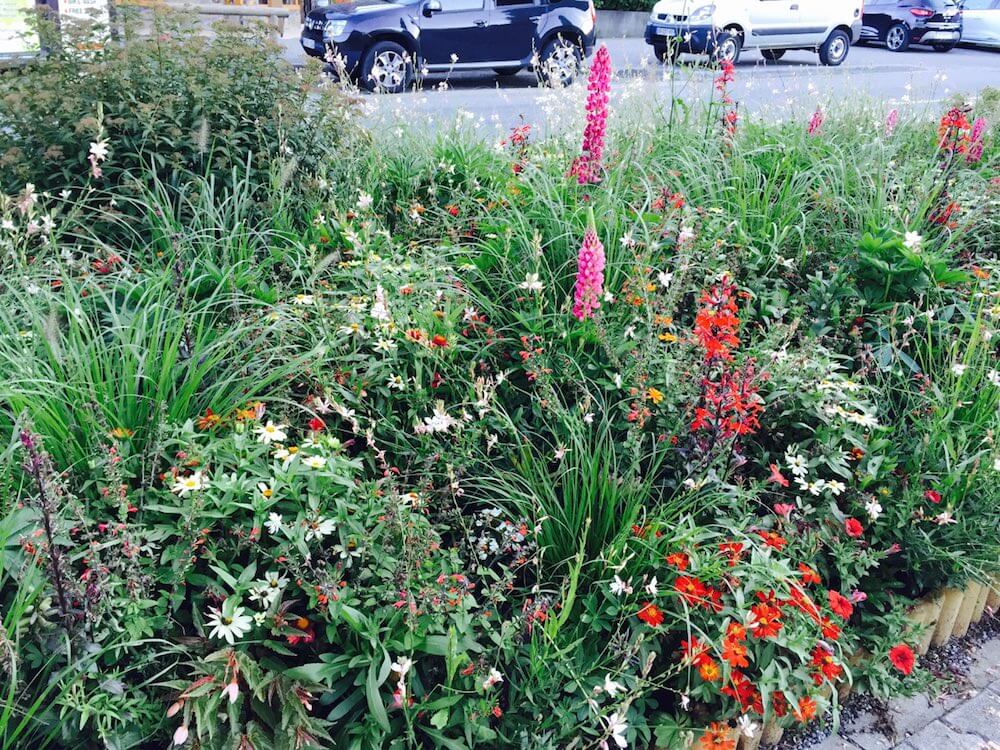
If it is texture then plants that are known for their texture or softness could be used. Bark from trees, swaths of soft-leaved herbs like Oregano or delicate lacy foliage may be used. Textured plants such as grasses mixed with hot colours can also be used to create that texture, see the above image.
If it's the colour palette you're focusing on, bold bright colours may be used and grouped together. This then increases the visual impact of the garden making this the focus. You're taking a sense and heightening it, making it pop like an Andy Warhol painting or like a coffee grinder filling the air with the sweet smell of coffee. It's not subtle its there waving frantically at you for your attention.
Sensory gardens have a very specific set of planting criteria. Plants that are toxic are definitely off the list along with spikes, barbs or thorns. After all, there is nothing relaxing about running your hand through some beautiful, but very sharp thistles! The list below gives you an idea of what characteristics to look out for when choosing plants for a sensory garden design.
Lavender, as seen below, is usually a staple found in sensory gardens for its wonderful scent. Jasmin is also an excellent plant for scent. Herbs are also a staple along with trees that have textured bark. Here's some example of planting ideas for different zones.
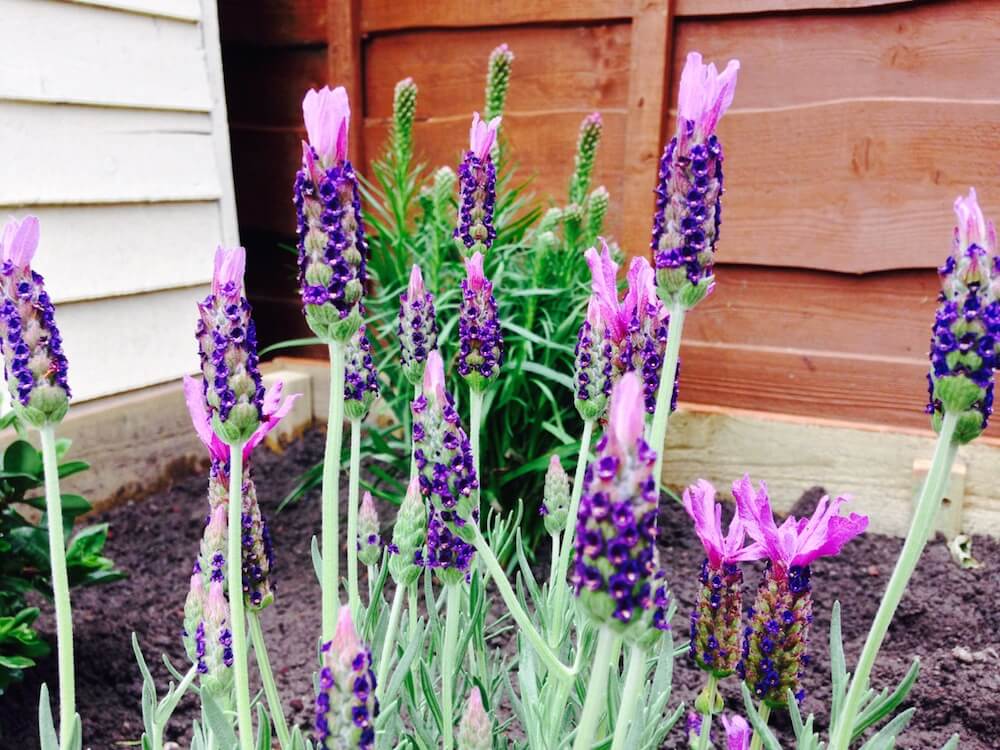
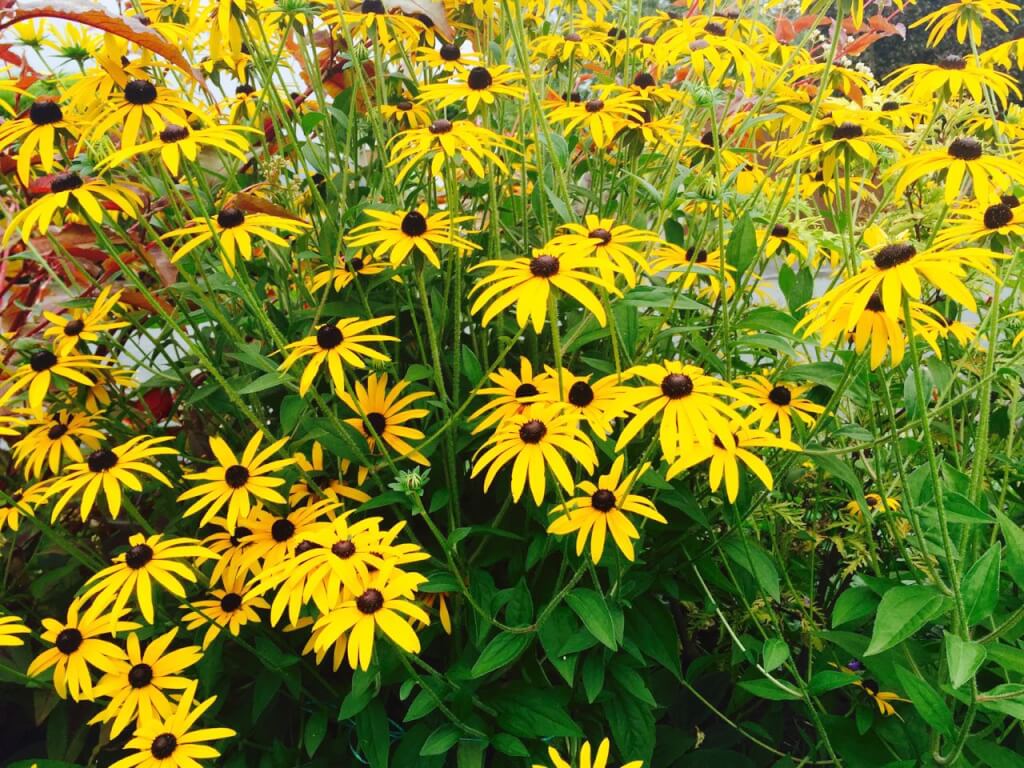
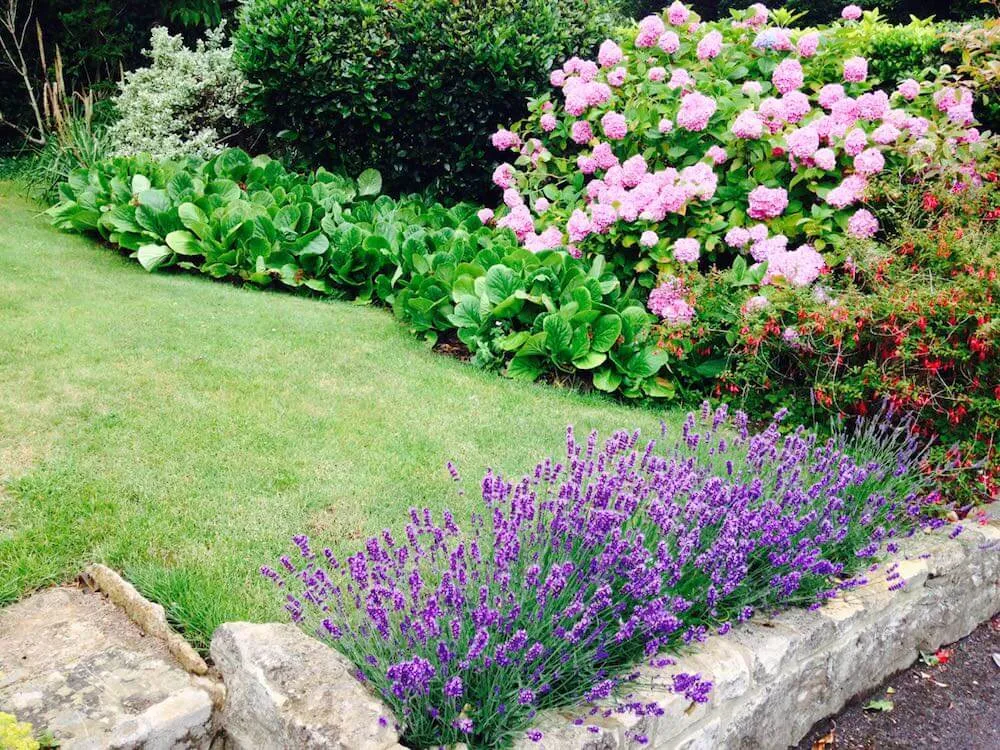
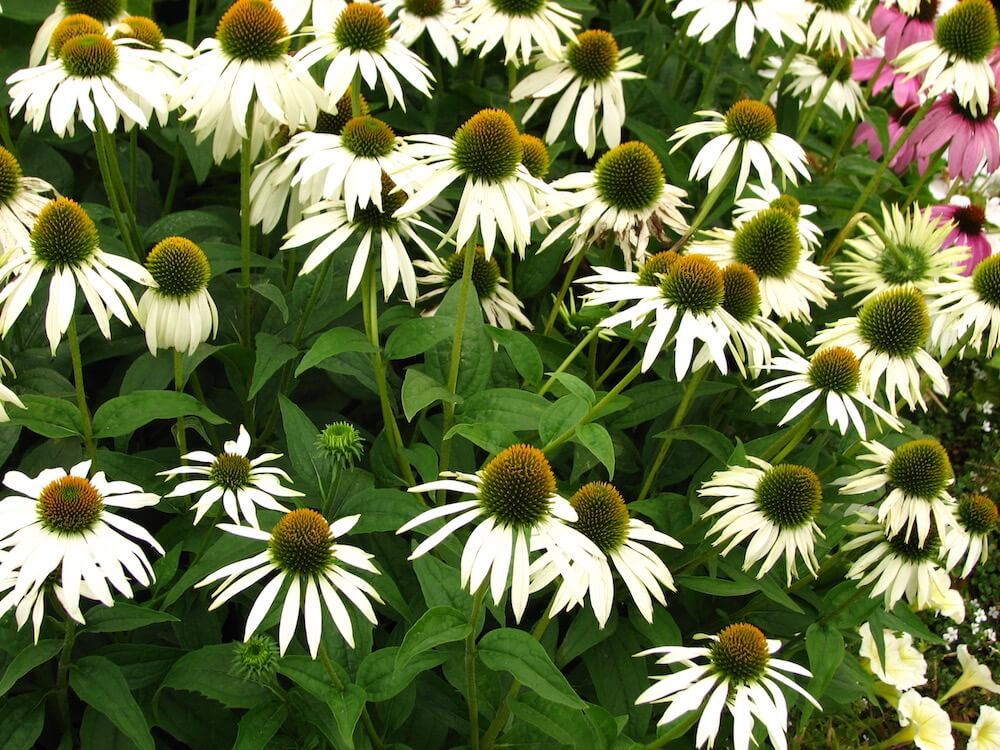
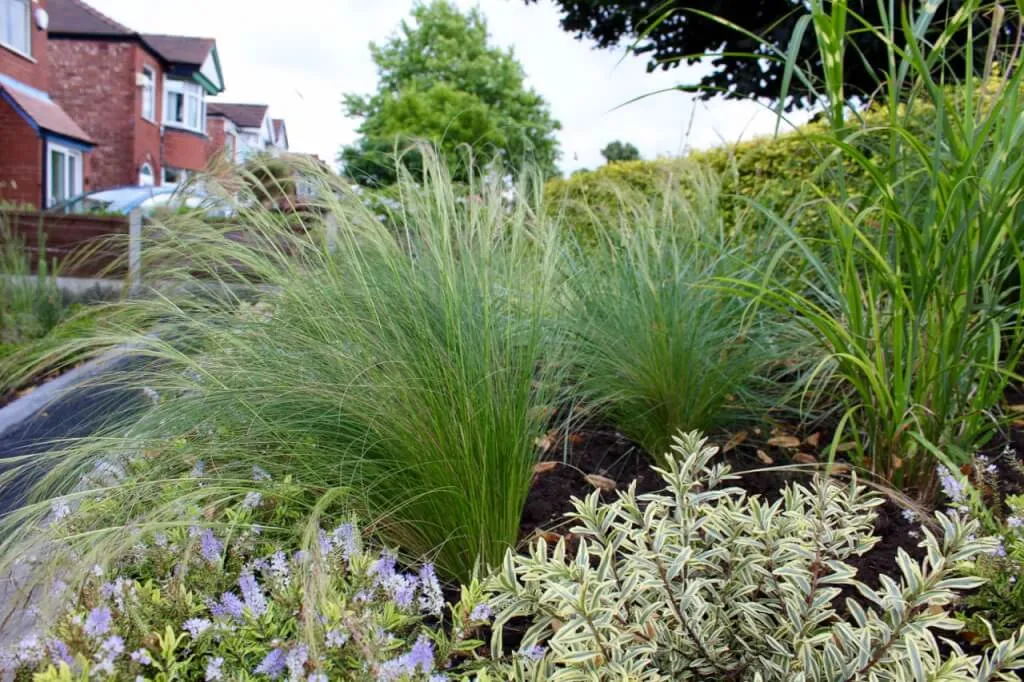
Sounds are often overlooked in gardens. Having items that create a sound whether it be running water, wind chimes or rustling from the wind through grasses can be a real asset. You may be familiar with that barking dog next door, the kids playing in the garden behind or the neighbour who likes to blast music out during the Saturday afternoon. Whilst some of these sounds may be pleasing to you if these sounds aggravate you there are alternatives than to banging on your neighbour's door to complain!
Water features can provide a soothing and surprisingly sound covering noise just from running water. I think of it as a blanket that can deaden and reduce other noises.
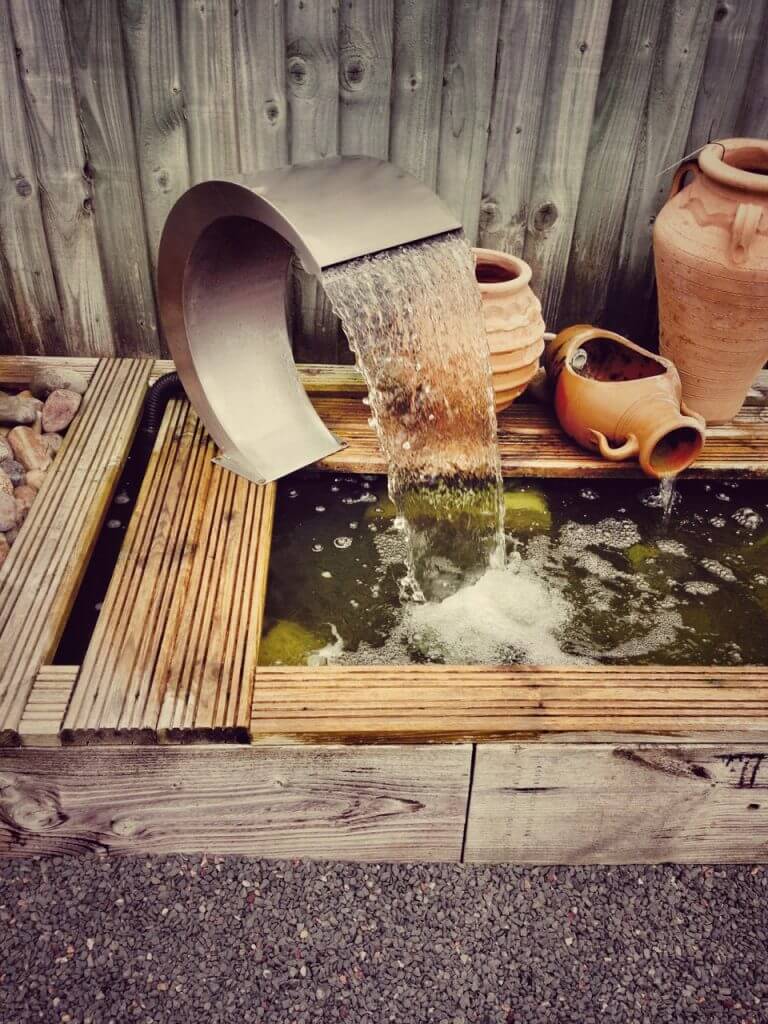
Wind chimes can also be useful if you enjoy this sound, however, take caution if you have an overly zealous set of chimes as this noise can become quite annoying and unsettling!
Water features can provide movement, reflection and a sense of calm. Again, getting the right design and feature are key to successful water features. In a sensory garden, water can help exaggerate features, such as a still pool next to a border or tall bright flowers. Care must always be taken with water features and small children. In a sensory garden, I believe that raised water features are a better option. Like the water blade and pool below.
Zoning in a sensory garden is sometimes useful to make the most of the different senses you're appealing to. For example, you may divide your garden into a number of zones and theme the plants and feels to these zones. An example is given below.
This area may use hot colours, such as oranges or reds to give that warm feeling. You may also position this in the sunniest part of the garden to maximise the sensory feel of heat.
In this zone you may plant very floral scented plants, like Lavender, Jasmin or Roses in groups, so when a visitor is in this area the smells really jump out to them.
You could theme plants that are evergreen and have glossy or textured leaves or deciduous plants like Acer griseum that have texture. Then when you're in this area of the garden you could reach out and touch these plants to get the texture of them, even maybe using textures planters or materials that feel smooth to the touch, like polished steel.
Sensory gardens can be suitable for everyone but there most common applications are in the use of accessible gardens or gardens for people with health issues, especially in care homes. This is because a sensory garden is not just nice to look at but is designed to evoke the senses of smell and touch too.
When used in a care home setting, where accessibility maybe is restricted, a sensory garden can provide a much more inviting and immersive experience for the user. This is why care homes, health care, hospitals and specially designed disabled access gardens will lean towards sensory design. It's far more engaging for patients which provide more stimulus.
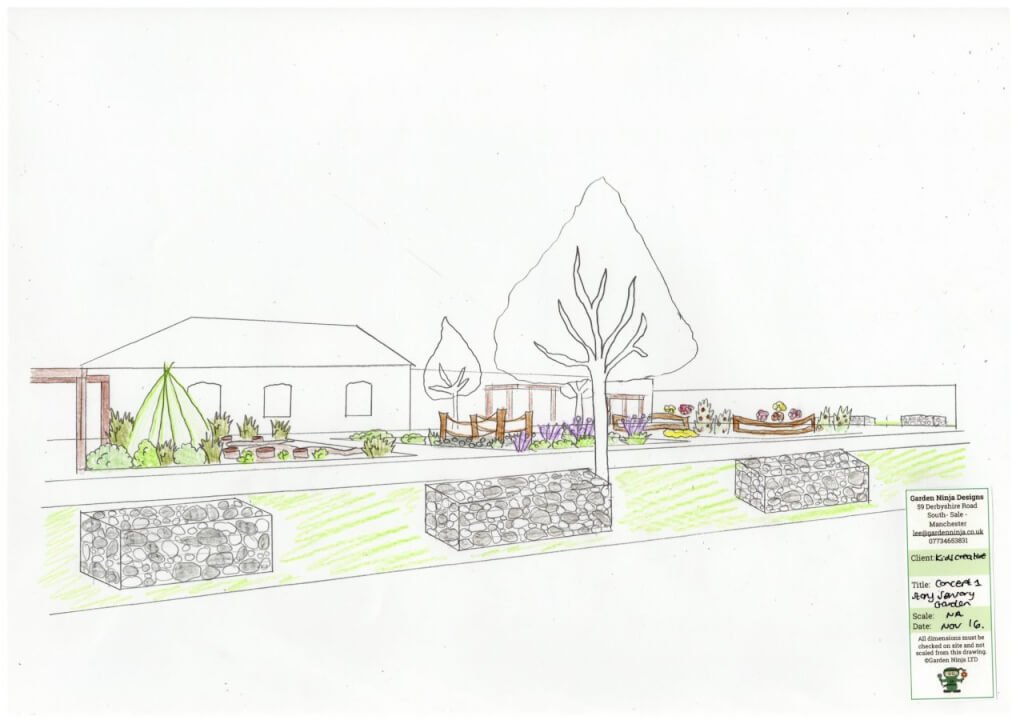
A sensory garden has a broader impact on the visitor, take for example someone with vision limitations such as partially sighted or blind visitors. Using blocks of brighter colours can help them visually interpret the garden.
Having heavily scented gardens can also assist those with sight issues as can textured plants. It's not just the visually impaired that sensory gardens appeal to. They can take away some of the issues with trying to digest a design all at once. Using changes in scent and texture can often be a better way to show a change in the garden areas than simply adjusting the planting species.

Textures in the hard landscaping and flow of the garden can also help. This could allow the owner of a sensory garden to acknowledge which part of the garden they are in. Say a gravel path could signify they are getting towards the end of the garden but flat paving towards the entrance to the house. You can see how subtle changes can really make the garden fully accessible and more than just a 'nice view'. It creates a 'feel' to the garden that adds depth which is essential if other senses are impaired or reduced.
I'm a huge advocate of sensory gardens as a means of increasing wellbeing and happiness. In fact, I wrote a post on how gardens can heal. Given the UK's population is ageing and mental health issues are becoming more widely acknowledged, rather than hidden away, sensory gardens offer another tool to help make people feel better.
Sensory gardens can take people out of the house or home and get them to experience nature. Allowing people greater freedom in their lives. How many of you could say they prefer being cooped up indoors vs being outside on a sunny day feeling the breeze?
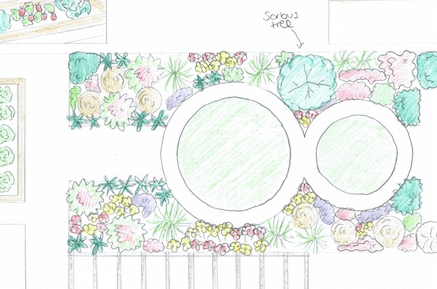
Sensory gardens are being installed in care homes, mental health treatment centres, prisons and a variety of other institutions.
Dementia and Alzheimer's has become more widely discussed and sadly is reported as on the increase with 850,000 said to suffer from the condition in the UK. Having experienced this illness with a family member I can testify to the anxiety and discomfort it can cause those who suffer from it. It is not one condition but a variety of health issues and it has no one symptom. What is common is memory loss, confusion, hallucinations and difficulty communicating. I also know that with the right help and care it can be made much more bearable. I advocate that sensory gardens are a key part in this. A safe place where friends and family can relax.
A close friend of mine is a care home activity co-ordinator and she ensures that when looking after patients the activities provide stimulation and interest. Whether it be the smell, touch or sight she always explains to me how focusing on a variety of senses brings out the biggest reaction in her patients.
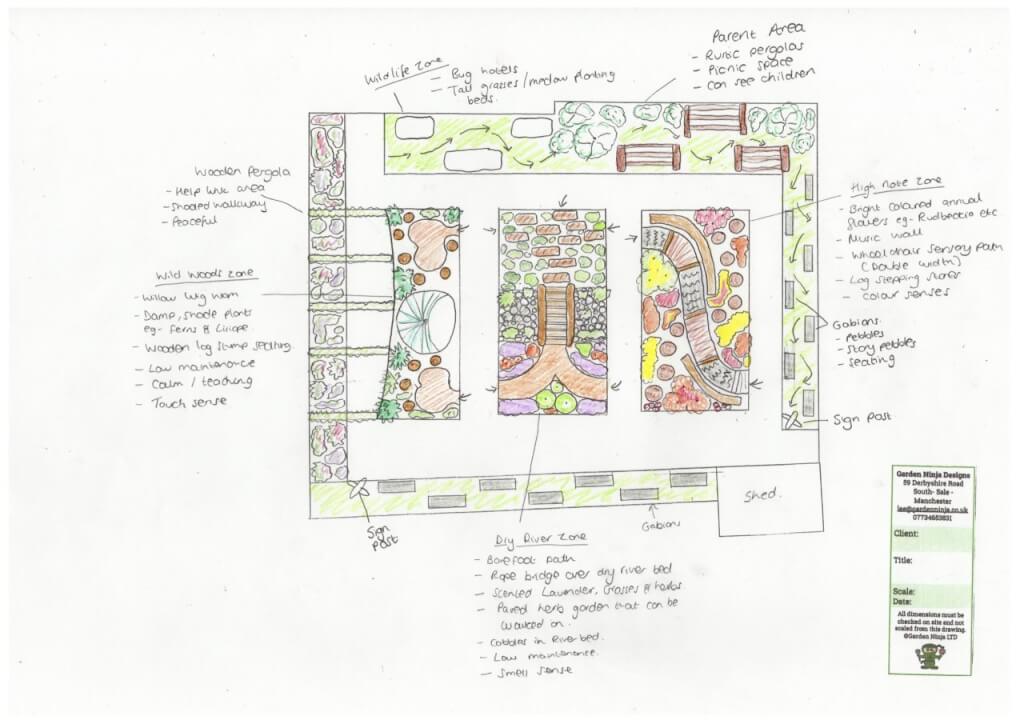
The smell of roses, for example, may bring back memories for someone and bring them a sense of peace. The colour yellow may make someone feel the warmth and the feel of soft grasses may bring someone a sense of calm.
Sensory gardens are not difficult to create but do need careful consideration. Restraint is required so that you don't overload the senses! Imagine being in a perfume shop and all the smells start to compete. You want to avoid that in garden design. A good place to start is by drafting up a mood board covering plants, colours, textures and shapes for the garden. This will help you to consider what kinds of plants and senses you are looking for. Maybe choose a specific sense and then work with that for one area. Senses to start with:
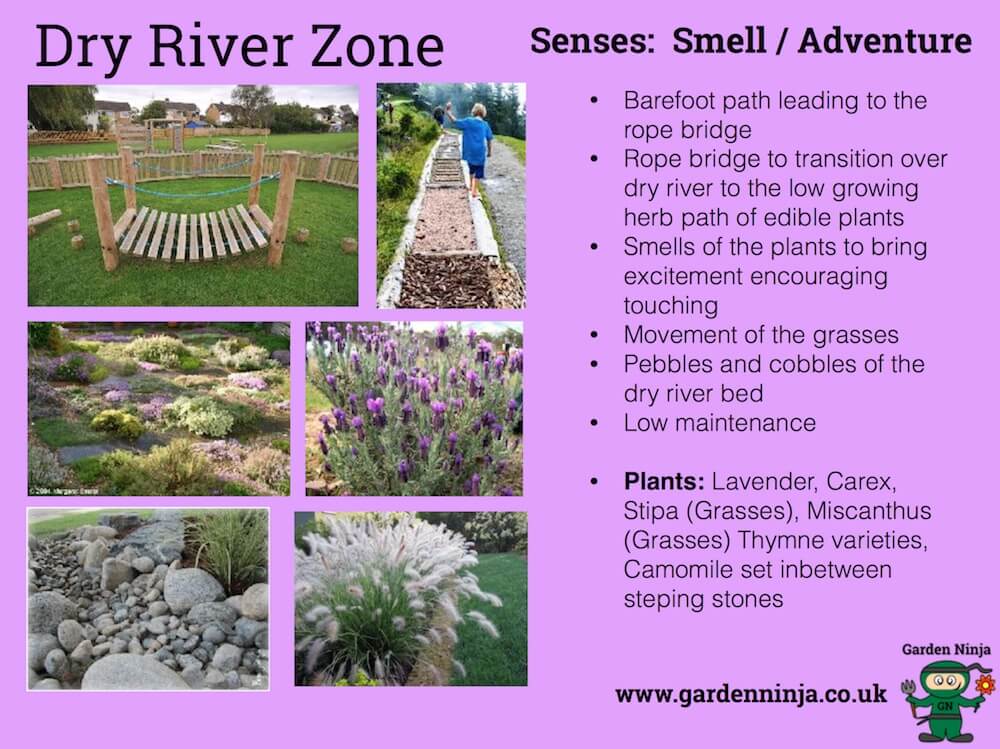
After a mood board, you could create a concept design of the area and then a scaled plan. If it is just a border then a sensory planting plan may be enough. Again, use restraint and group plants together either by colour, smell or size. It's also worth bearing in mind the planting conditions you're dealing with. My guide to soil types and my blog on garden aspects will help you work out what kind of plants can be grown in your plot.
I have designed a number of sensory gardens which are featured in my portfolio section for more inspiration. Other than that, have fun!
Have you got a sensory garden? If so why not Tweet, Facebook or Instagram me with your pictures! You can also follow me on Youtube where I’ve got plenty of garden guide vlogs.

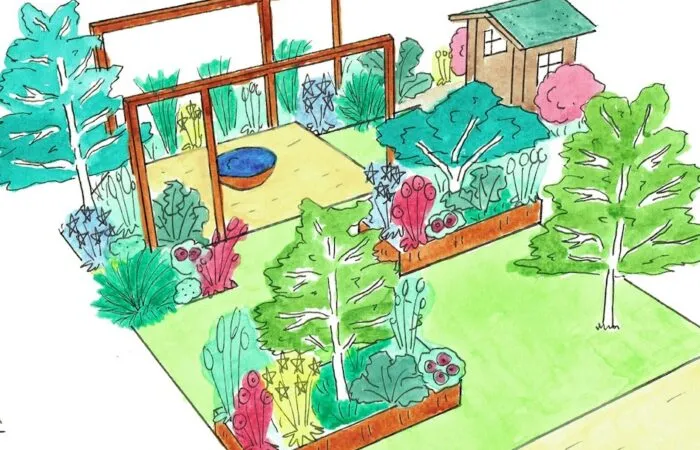
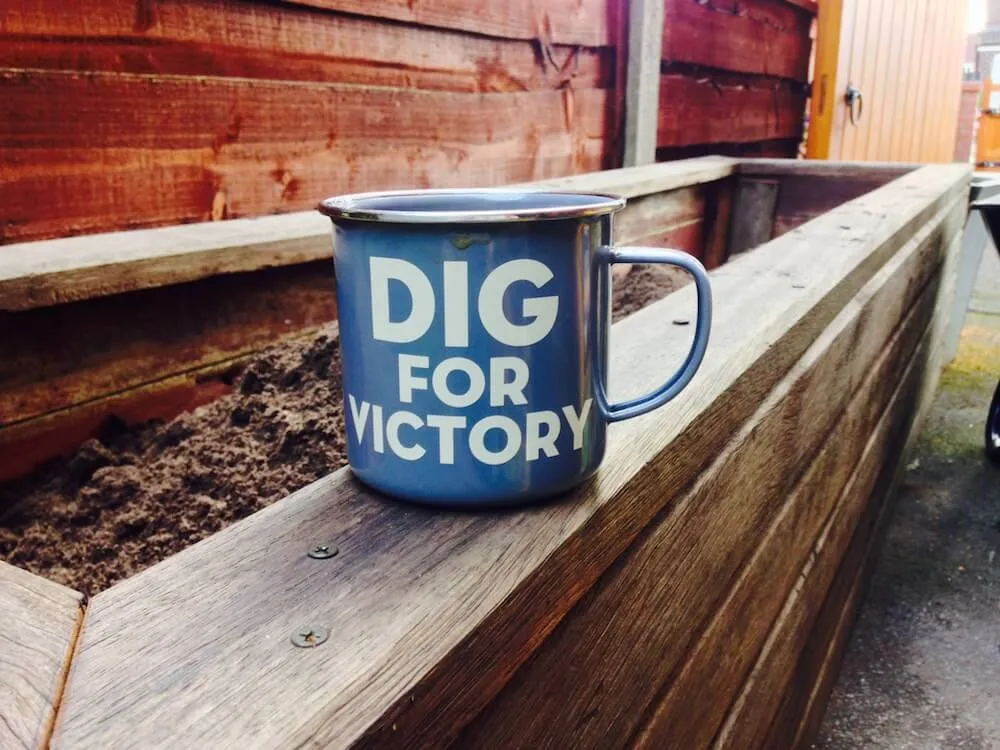
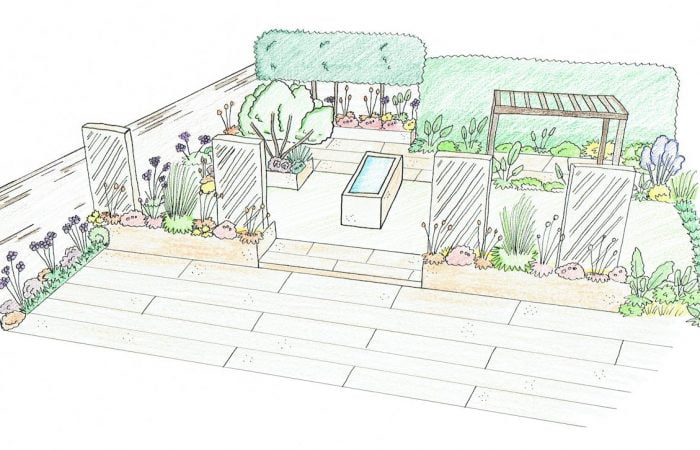

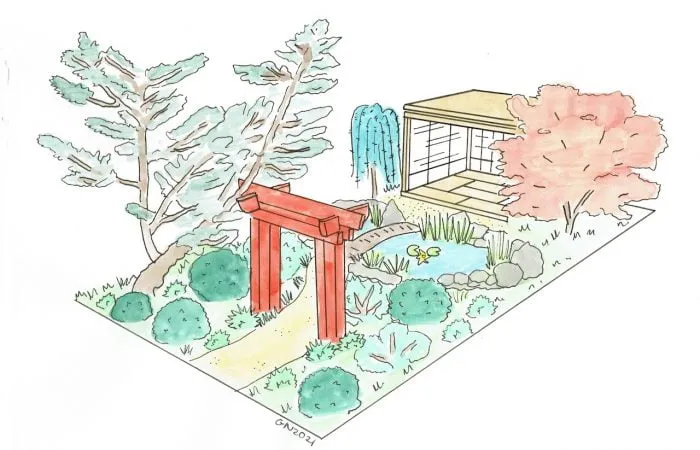
JOIN THE NINJAS

Be the first in line for new Guides, Discount codes and Offers